I regularly re-post photos from Shorpy but my favorite part of the site is waiting for a day or so until others have posted information about a particular image.
This one was fascinating, especially if you’re into industrial technology and progress.

A flexible road train to replace the mule trains that were then hauling ore out of the mines of the American Manganese Products Company in California.

The engine shown is a four-cylinder (cylinders cast singly) rather than the six-cylinder (cylinders cast in pairs)
The readers spot locations:
I believe the Fageol factory was located at 106th and MacArthur (called Hollywood at the time), which is now the Foothill Square shopping center. Submitted by Bluegeorge on Fri, 05/27/2016 – 3:03pm.
They investigate patent sources:
Patent # 1,226,962.
Perhaps a locomotive
for some kind of articulated ‘road train’, scaled up from the passenger carrying vehicles that Fageol built for the Panama-Pacific exposition in 1915.
Here’s a patent for the hitch design that’s seen in the photograph…
http://fageol.com/F-Patents/US1407019-VCplg.pdf
There appears to be a hitch on each end of the chassis.
Submitted by Steamcrane on Thu, 05/26/2016 – 11:41pm
And add interesting trivia:
The “D” is not silent
To answer HenryPorter’s question, I once attended a lecture by one of the Fageol grandsons, and he pronounced it Fad-jull – stressing the nonexistent “D” and ending with the “jull” that rhymes with lull and mull.
Submitted by Tobacconist on Fri, 05/27/2016 – 9:34pm.
Source: Shorpy Historic Picture Archive :: Heavy Duty: 1918 high-resolution photo
And to accompany that, here’s another “Wheeee(ls)!” album.








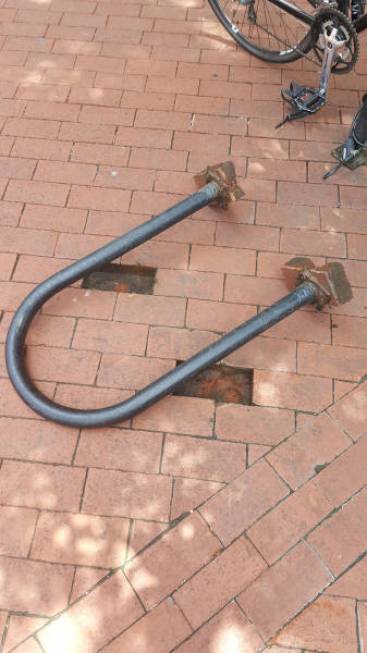







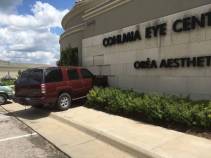



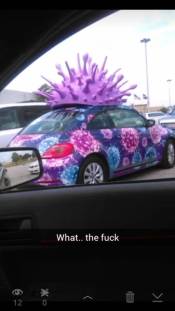











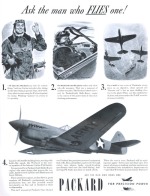





























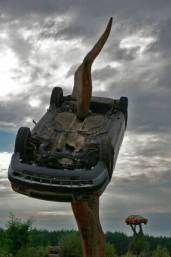



























































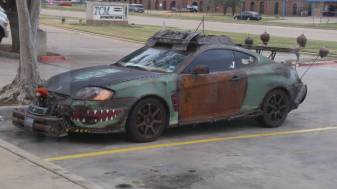











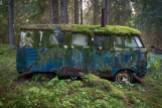






























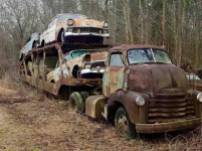







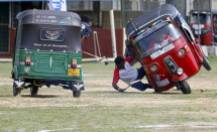





























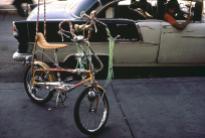








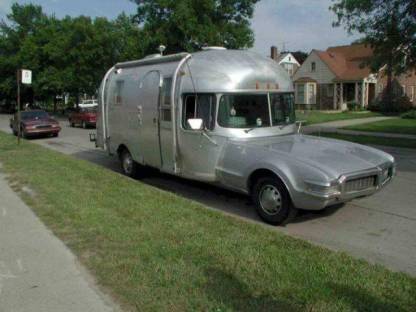
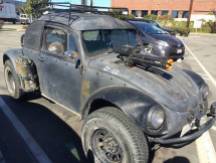











































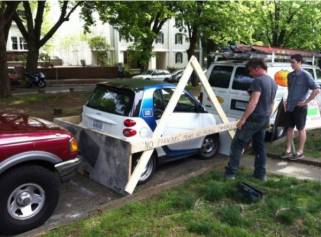

















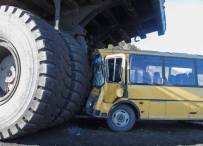








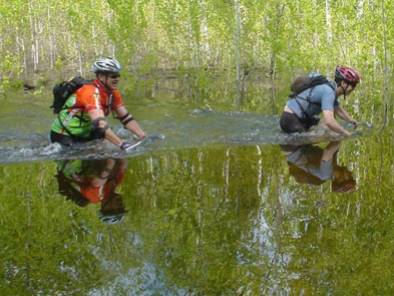


R. B. FAGEOL.
FLEXIBLE ROAD TRAIN.
http://www.fageol.com/F-Patents/US1226962-FlxRTn.pdf
Figure 3 shows the same odd coupling socket, to allow a train of self steering 2 wheel trailers.
Also patent # 1,407,019,
http://fageol.com/F-Patents/US1407019-VCplg.pdf
…which shows the eccentric and lever that clamps the ball socket closed.
Attempting to describe the features of this monster…
1. Six cylinder gas engine, shown by the 6 priming cups.
2. Large generator driven by the engine for propulsion.
3. Resistor cage on top of the generator, with multiple taps on a rotary speed (or power) selector on top.
4. Railroad style airbrake reservoir below the steam locomotive style cab.
5. 2 heavy cables going to a box below the air tank, presumably going to the traction motor(s) under the cab.
6, Large bull gear to steer the front axle.
7. Heavy crossed steel cables to cause the front and rear axles to steer opposite direction, so they would track in the same arc.
8. The spherical coupling socket.
9. Massive brake drums.
Note another of these beasts coming down the line behind this one.
The patent index page,
http://www.fageol.com/All-Patents.html
…demonstrates that Rollie B. Fageol had a far-too-fertile imagination. Most of these patents were probably never built, or existed as a single prototype.